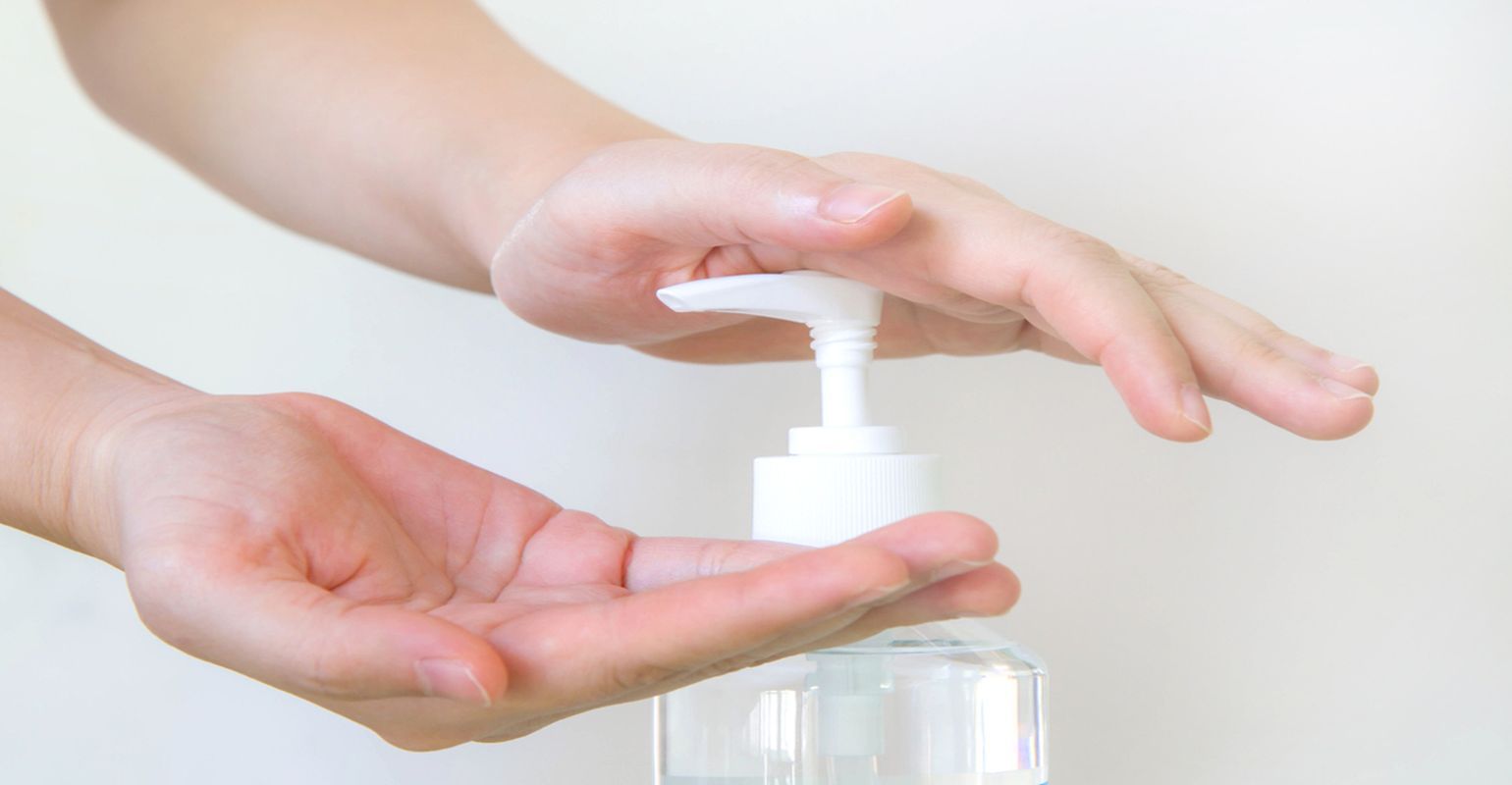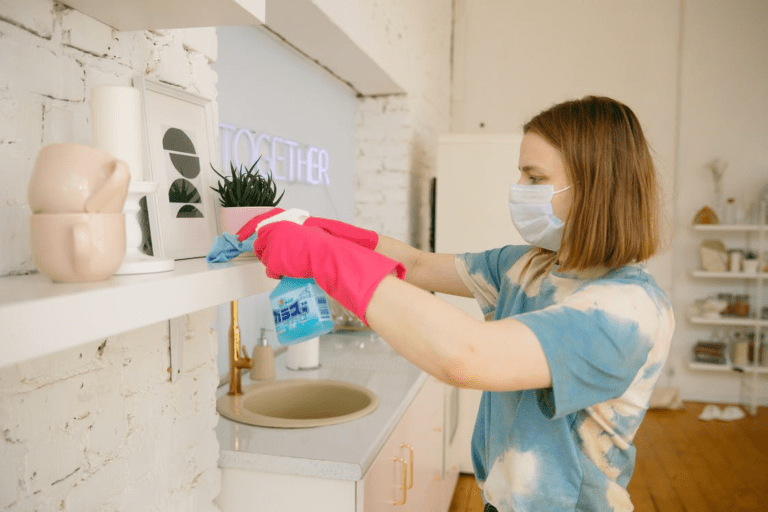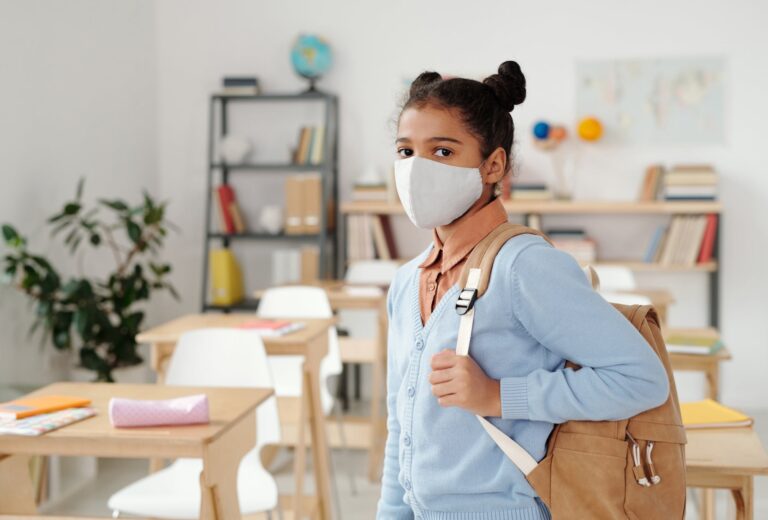Before 2020 most didn’t really care or even think about hand sanitiser. In comes the coronavirus that causes lockdowns and worldwide panic and all of a sudden hand sanitiser is sold out everywhere and supply is struggling to keep up with demand. If you were looking to buy hand sanitiser in Melbourne or other major cities around the world, you would struggle to find any in stores. This caused some (less than admirable) people to take advantage and profit off its need and demand, while others tried to make it themselves.
This led to a flood of DIY recipes on social media claiming that it’s simple, easy and just as effective as store bought hand sanitiser, by only using ingredients you could buy from the store or even have at home already. However, the end results weren’t always that.
Health professionals and medical experts have stated worry and concern with these DIY recipes and their impact on the spread of COVID-19 and other germs and viruses. There are a number of reasons why DIY recipes don’t work as well as the real thing, this article will go through a few and explain the ramifications.
For starters, DIY recipes made at home are held to any quality control measures like store bought sanitisers are. When you buy a sanitising product that claims to kill germs or the coronavirus, it has to go through testing to back up these claims. Your home DIY recipe undergoes no testing or quality control.
Furthermore, the hand sanitiser is subject to your error. So even if the recipe is effective in killing the virus, without any testing, you can still get the measurements wrong causing it to be ineffective. For instance, if you get the amount of alcohol wrong it might not be enough to kill any germs.
A common mistake amongst those making their own sanitiser is buying the wrong alcohol. Most recipes require rubbing alcohol with a 91% alcohol content, but a common rubbing alcohol you’ll find in store is only 70% alcohol making it ineffective.
Conditions at home also aren’t sterile. When sanitiser is produced for sale it needs to be produced under sterile conditions to eliminate any chance of contamination. Unfortunately, most of us don’t have a sterile production facility at home we can use and are likely introducing bacteria, fungi and viruses to our DIY recipe.
Also Read: In how many ways Coronavirus has changed our lives globally?
Lastly, DIY hand sanitiser recipes are taking over using soap and water. If you have soap and water at home, it’s going to be more effective than your DIY attempt at making hand sanitiser that you’re hoping works.
People think that the only way to clean your hands and stop the spread is through using hand sanitiser, while the most effective thing you can do is wash your hands with soap and water. Not only is it more effective it’s also much more accessible. We all have soap at home already, all at least I hope we do.
There are many more, and probably even better recipes out there than those listed here. You could make your own natural alcohol hand sanitizer at home with things you have in the house or even purchase an alcohol-based hand sanitizer that’s 100% natural and works just as well.
There are many hand sanitizers sold in stores that are not only very effective but have no nasty ingredients that you can’t pronounce.
Best of luck with your homemade hand sanitizer, and if you have any questions, please leave a comment below.







